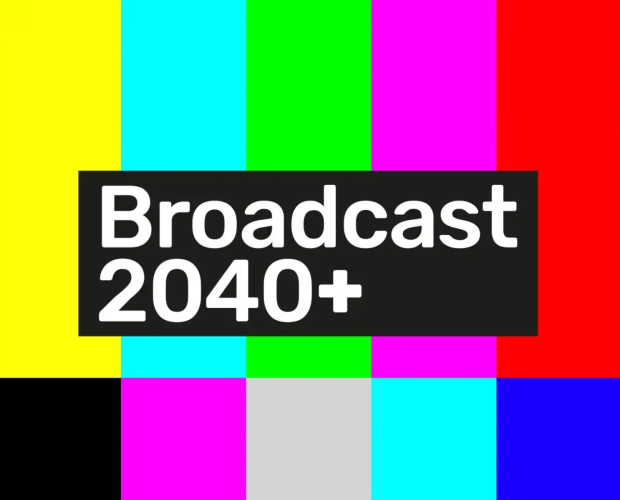T: 01822 851370 E: [email protected]
Visit RSN Survey about life in rural England to find out more.
Millions still rely on traditional TV and radio — we can’t ignore them
Published in the Times this week is an article written by Shuja Khan, chief executive of Arqiva, discusses the importance traditional TV and radio
Every single week over 17 million adults in Great Britain sit down and watch Freeview TV through an aerial. Demand for traditional radio is even higher, where over three quarters of adults are weekly listeners, according to a recent survey from IPSOS.
The people who value broadcast the most are often those who have the least. This is especially likely to be true if you are elderly and are familiar with its patterns, if you live in a rural area with intermittent digital connections - or if you don’t have much money and high-speed broadband and a long list of streaming subscriptions are things you simply cannot afford.
For the most vulnerable in our society, these services are a lifeline. When a fire impacted broadcasting infrastructure in Bilsdale, North Yorkshire last year, there was a strong emotional response to the loss of services, with people reporting that they felt frustrated, isolated, depressed and disconnected. Perhaps this is why 85 per cent of people across Great Britain said in the same IPSOS survey that the Government and local MPs should actively support the provision of broadcast TV and radio services into the future.
 That is why today Arqiva has launched the Broadcast 2040+ campaign, alongside a coalition of other voices including Age UK, Silver Voices, Voice of Listener & Viewer and the Rural Services Network. Through this campaign, we will be asking the Government to provide certainty and commit in the Media Bill to preserving broadcast until 2040 and beyond. At the moment, the Media Bill is largely silent on this topic.
That is why today Arqiva has launched the Broadcast 2040+ campaign, alongside a coalition of other voices including Age UK, Silver Voices, Voice of Listener & Viewer and the Rural Services Network. Through this campaign, we will be asking the Government to provide certainty and commit in the Media Bill to preserving broadcast until 2040 and beyond. At the moment, the Media Bill is largely silent on this topic.
Away from the 24/7 bright lights of Westminster, there are millions of people who enjoy and rely on broadcast services for their news, entertainment, and connection with their community. It is right that we modernise our country but we must do it in a way that reflects the evidence on how consumers actually behave, rather than how we assume they behave.
In the coming months we will be convening a variety of different groups who rely on broadcast in their daily lives so decision makers can hear their voices.
You can read the full article by clicking here
(Please be aware a Times subscription will be needed)




